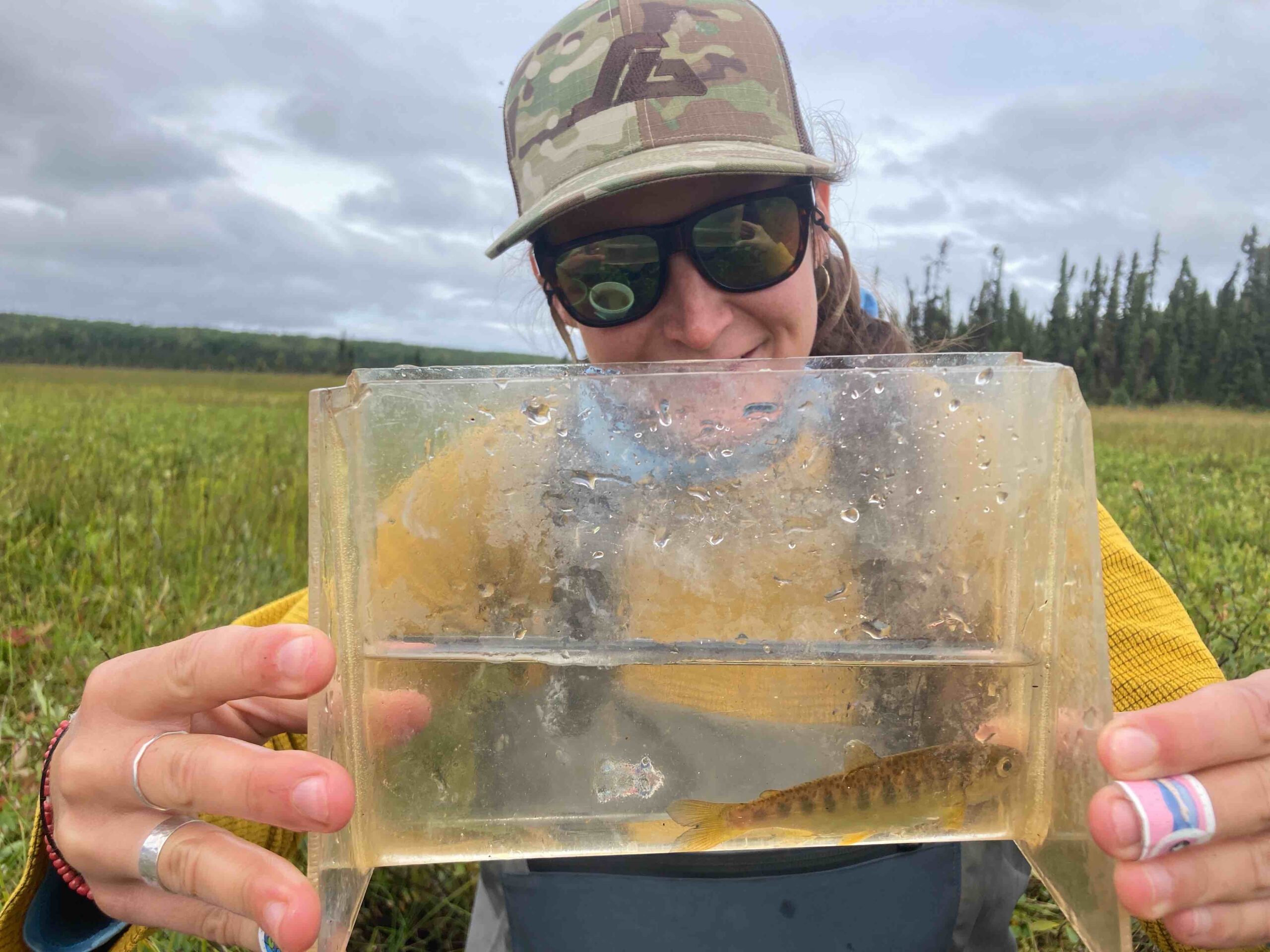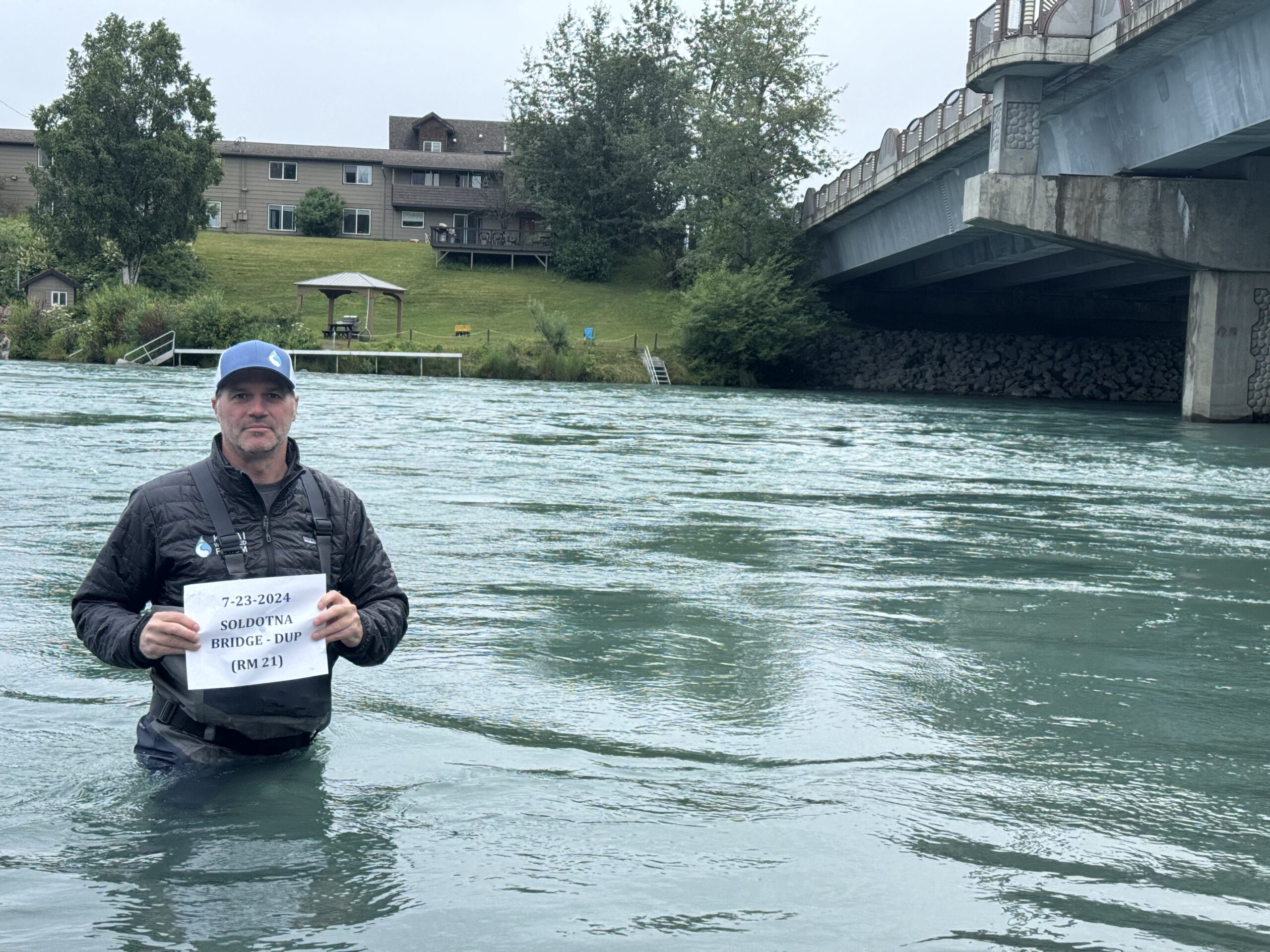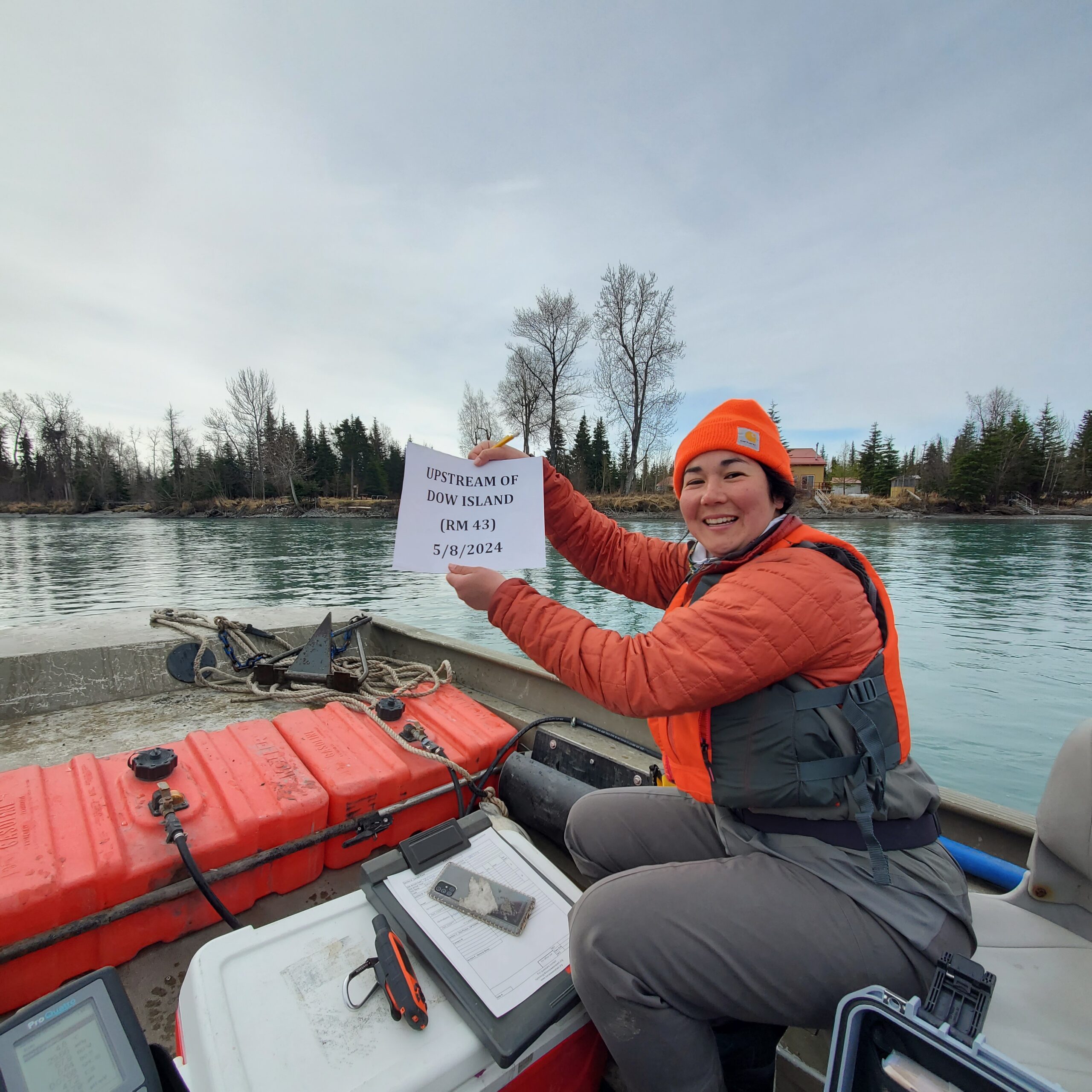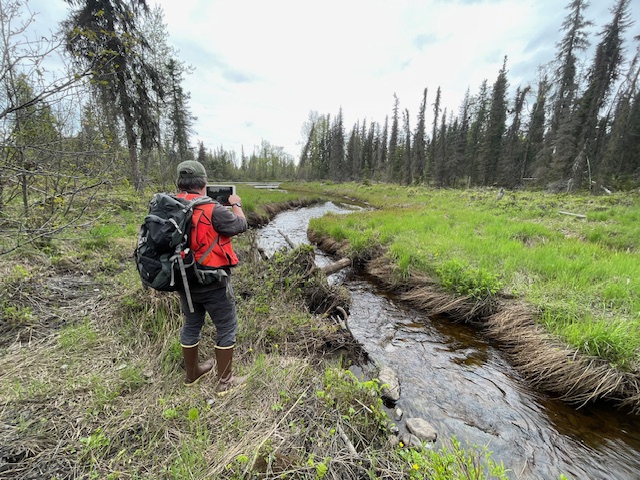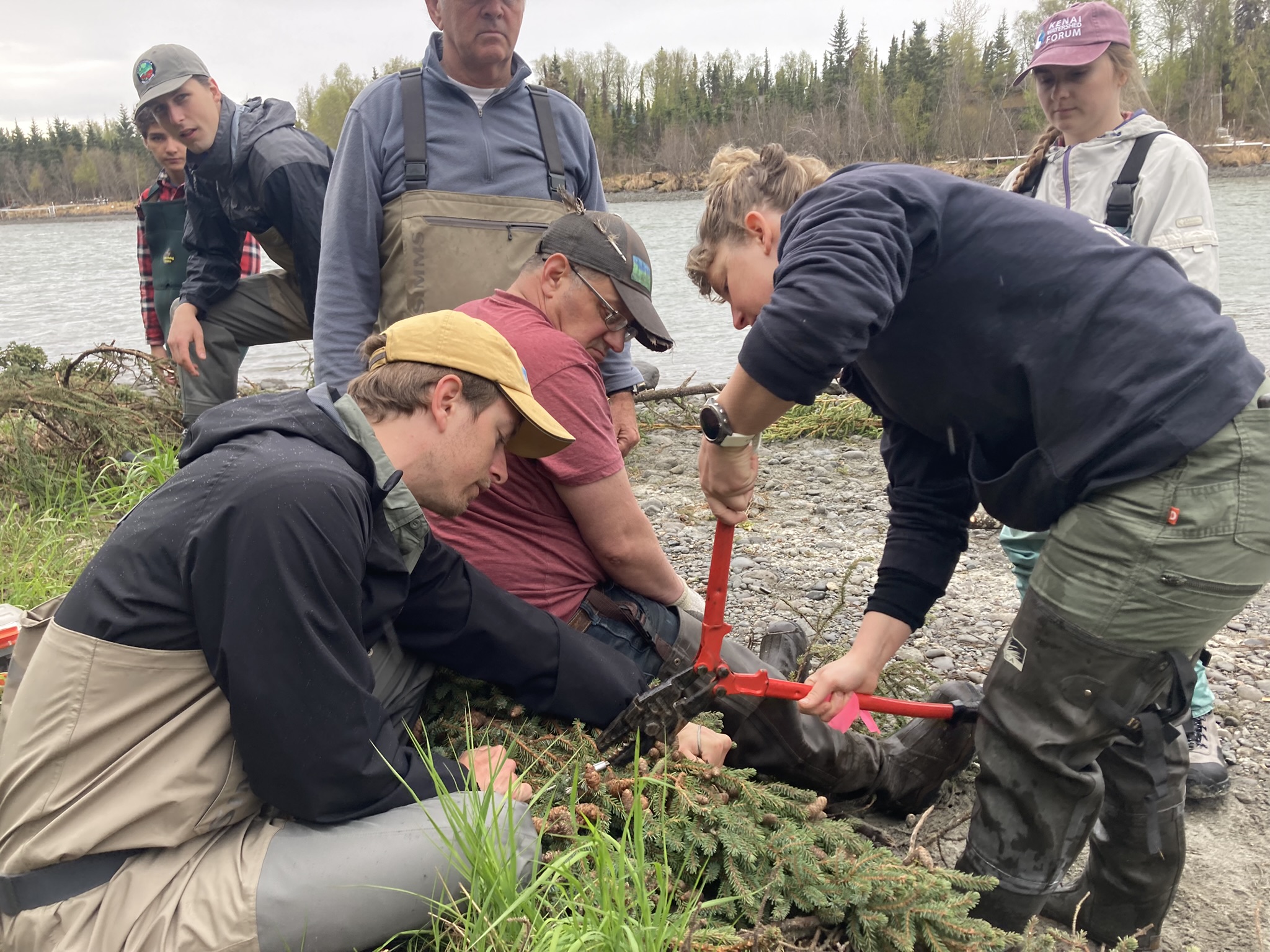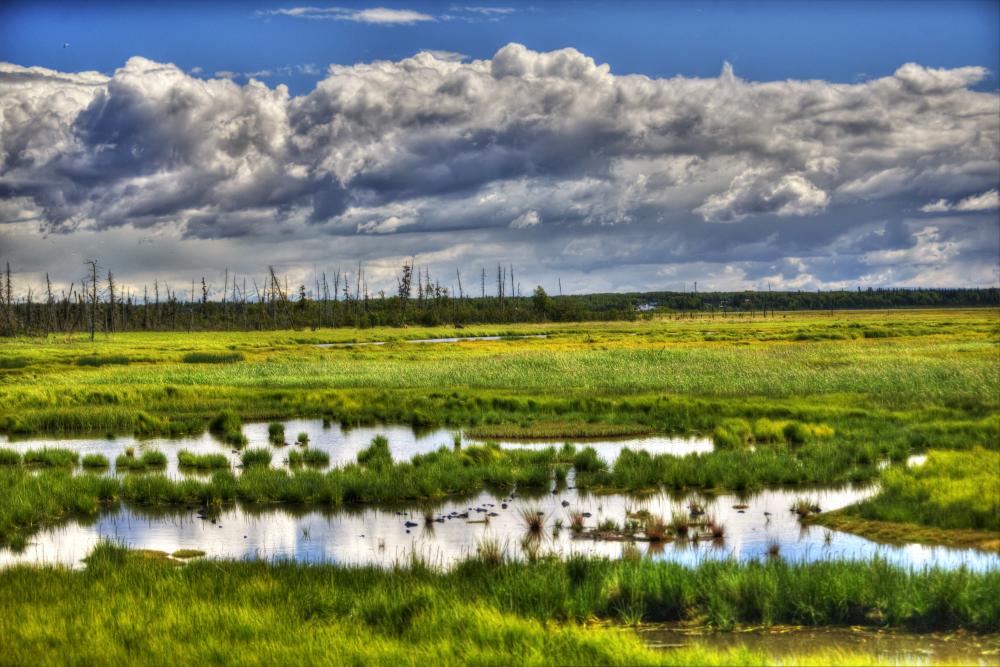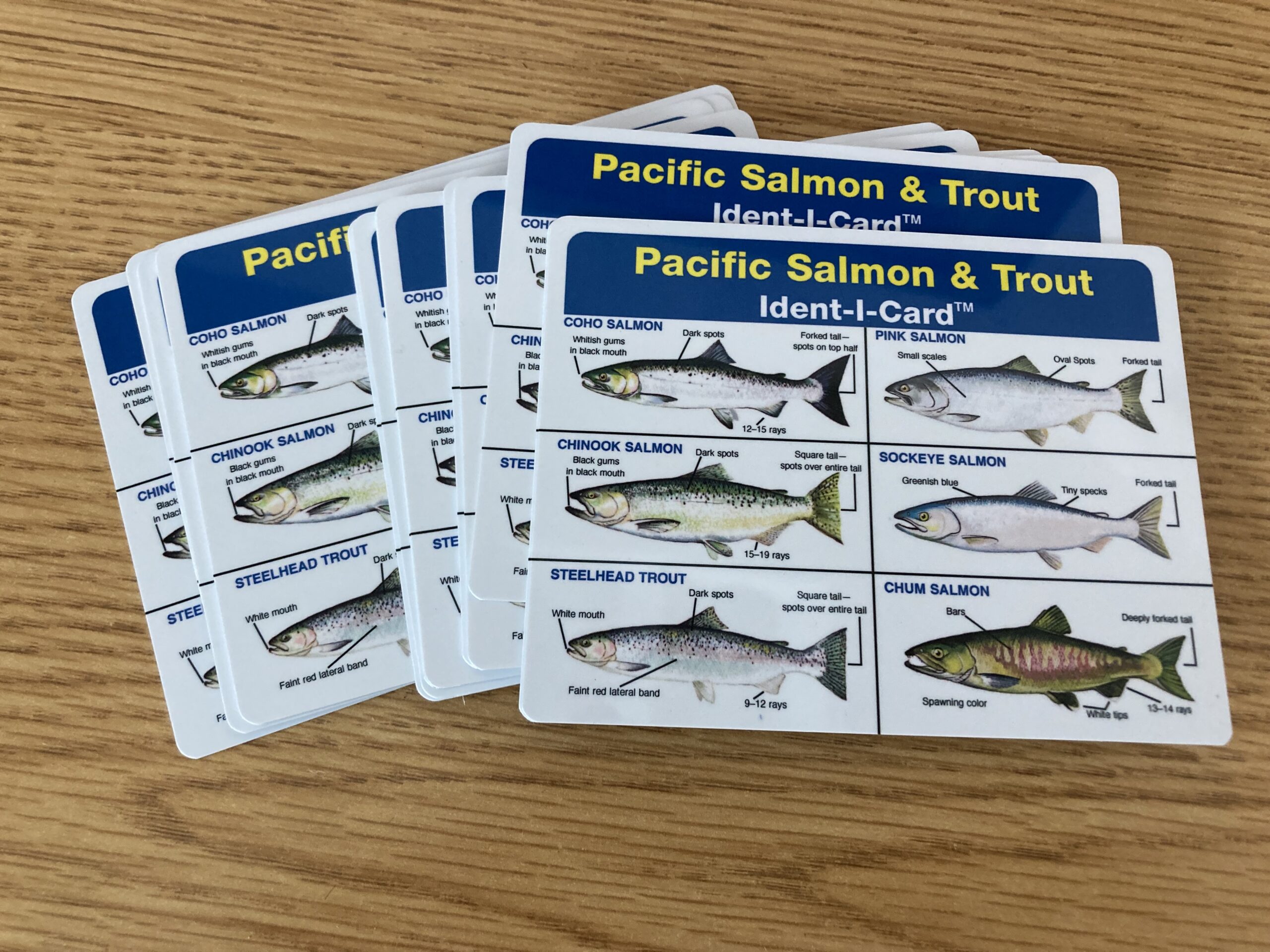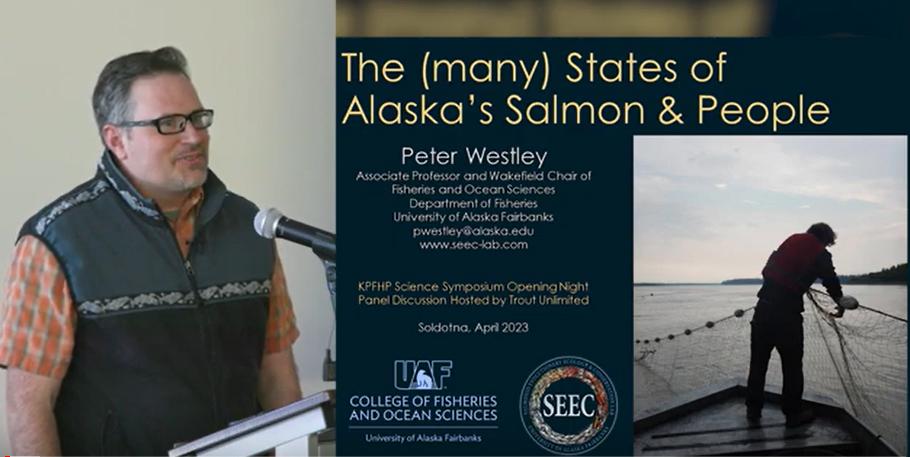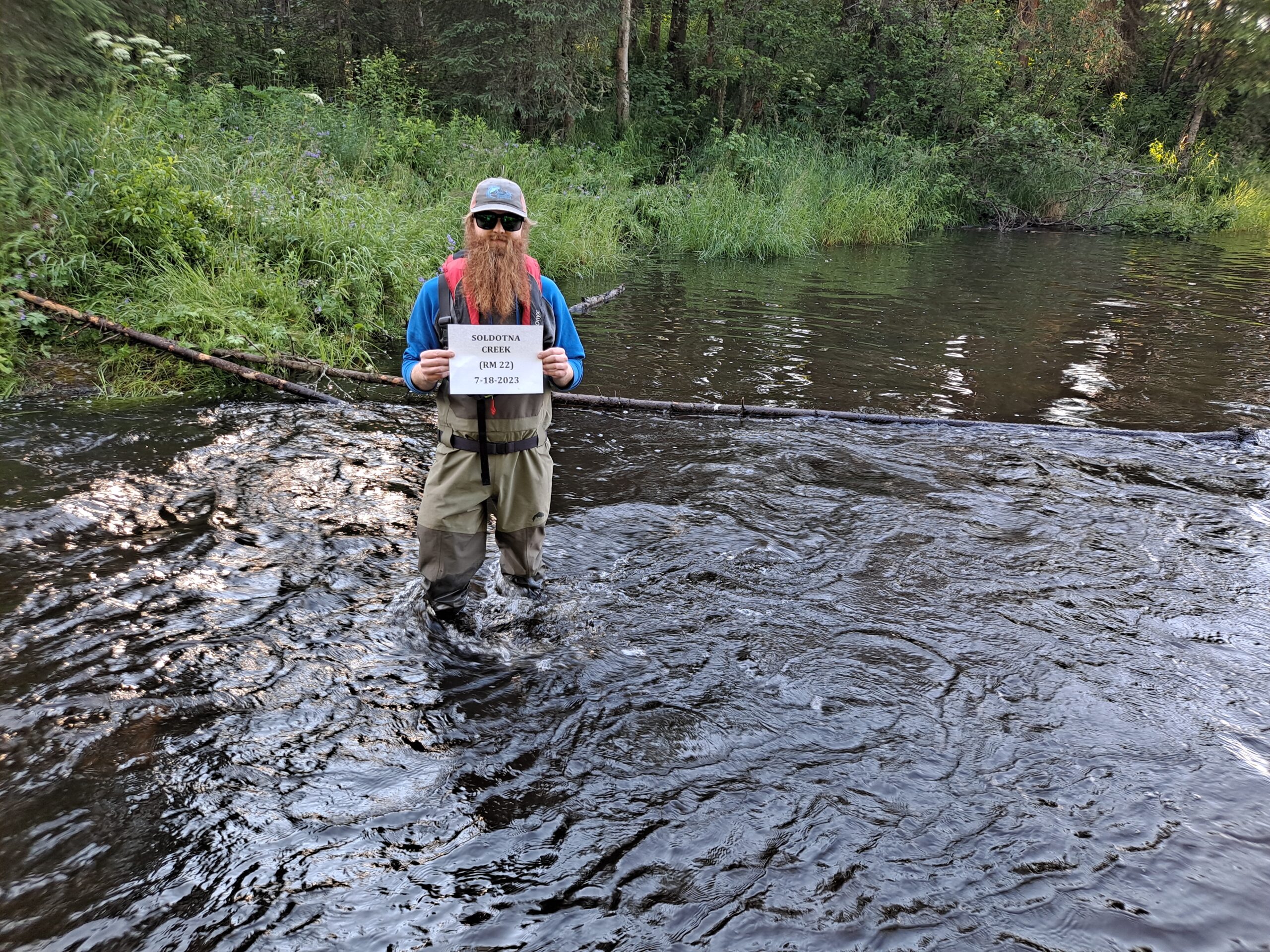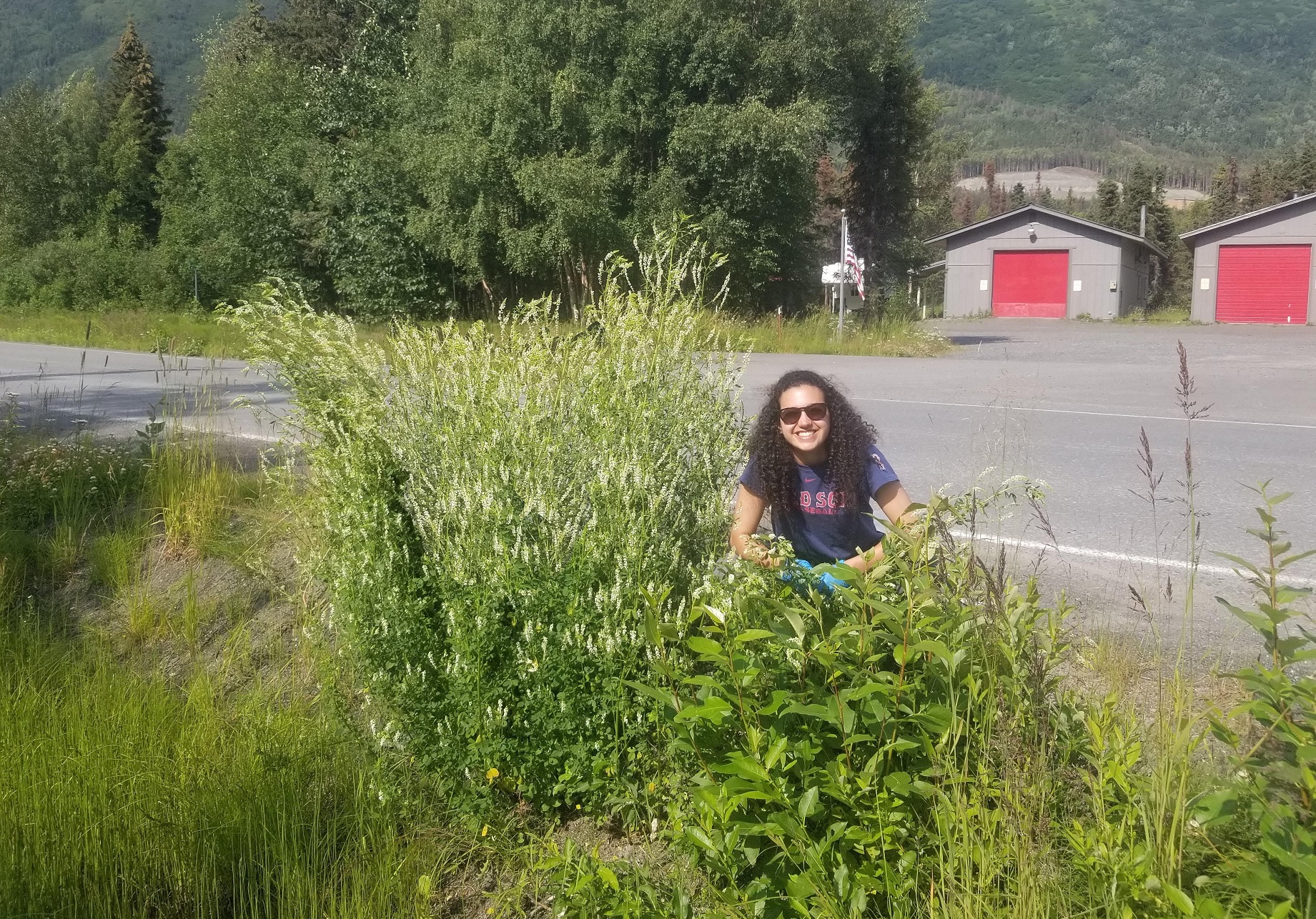Kenai Watershed Forum Works with Volunteers to Document 22.4 miles of Local Salmon Habitat
November 4, 2024Update Fall 2025: Click here to learn about our new, expanded freshwater fish habitat mapping initiative!
Sometimes the best treasures are already right under our feet, just waiting for us to notice them. Such is the story with the thousands of rivers, streams, and lakes that are home to Alaska’s wild salmon.
In summers 2021-2024, Kenai Watershed Forum (KWF) and Kenai Peninsula Chapter of Trout Unlimited (KPTU) worked together to find and document local salmon habitat in the Kenai Peninsula area. Working with over thirty volunteers who contributed over three hundred hours time, we nominated 22.4 miles of stream and 173 lake acres to the Alaska Department of Fish and Game’s Anadromous Waters Catalog. If all nominations are confirmed these waters will be subject to state habitat protections and permitting requirements under Alaska Statute 16.05.871, and may also be adopted by the Kenai Peninsula Borough under borough ordinance 21.18 (links for 21.18 maps, and 21.18 regulations), which specifies protections including a fifty-foot riparian buffer zone.
Remarkably, nearly all the habitat we identified laid only a thirty minute drive from Kenai Watershed Forum’s office in Soldotna. The habitats we documented are the humbler headwaters of well-known local watersheds such as Soldotna Creek, Beaver Creek, and Moose River. These are our “backyard” salmon habitats that have been here all along.
Most local salmon habitat remains undocumented, and much work remains to be accomplished. In summer 2025 KWF and KPTU will continue collaborating, and will apply innovative predictive habitat modeling to help us target fieldwork efforts with help from Romey Fisheries and Aquatic Sciences.
For more questions about this project and to hear about opportunities to be involved, contact Kenai Watershed Forum at hydrology@kenaiwatershed.org, or (907) 260-5449. Check out the two links below for a project map and project report, as well as a public lecture shared at Kenai Peninsula Brewing as part of Kenai Watershed Forum’s Fireside Chat series. We look forward to hearing from you!
Project Map (updated 11/4/2024)
Project Report (updated 11/4/2024)
KDLL Radio Kenai Conversation – Mapping Anadromous Waters (November 15, 2023)
Project Presentation on YouTube (9/19/2024)
Further reading on mapping Alaska’s Anadromous Waters
This work is funded by Alaska Sustainable Salmon Fund project #54014, Trout Unlimited’s Embrace-a-Stream grant program, Kenai Peninsula Chapter of Trout Unlimited, and the Kenai Community Foundation. Thank you!
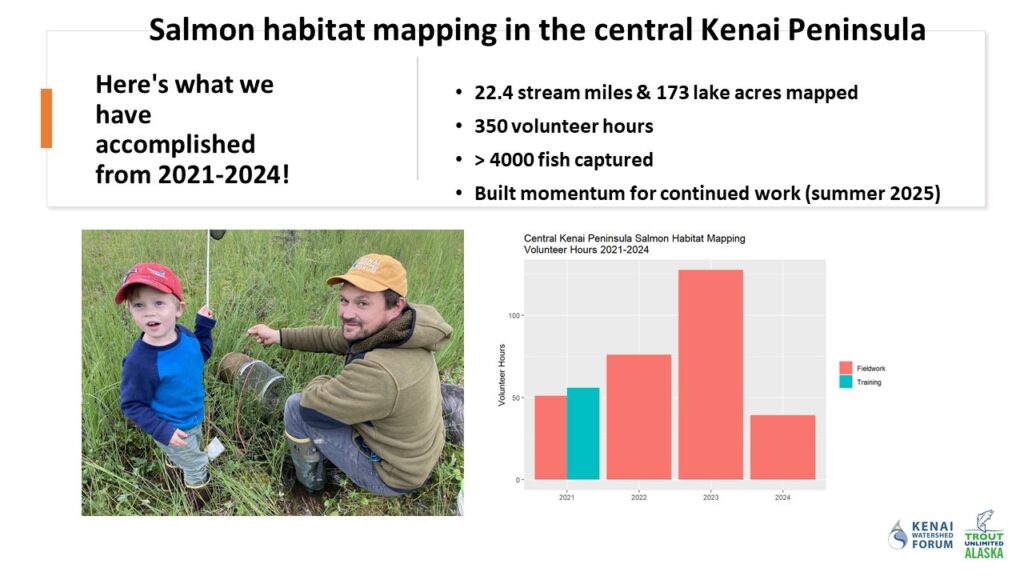
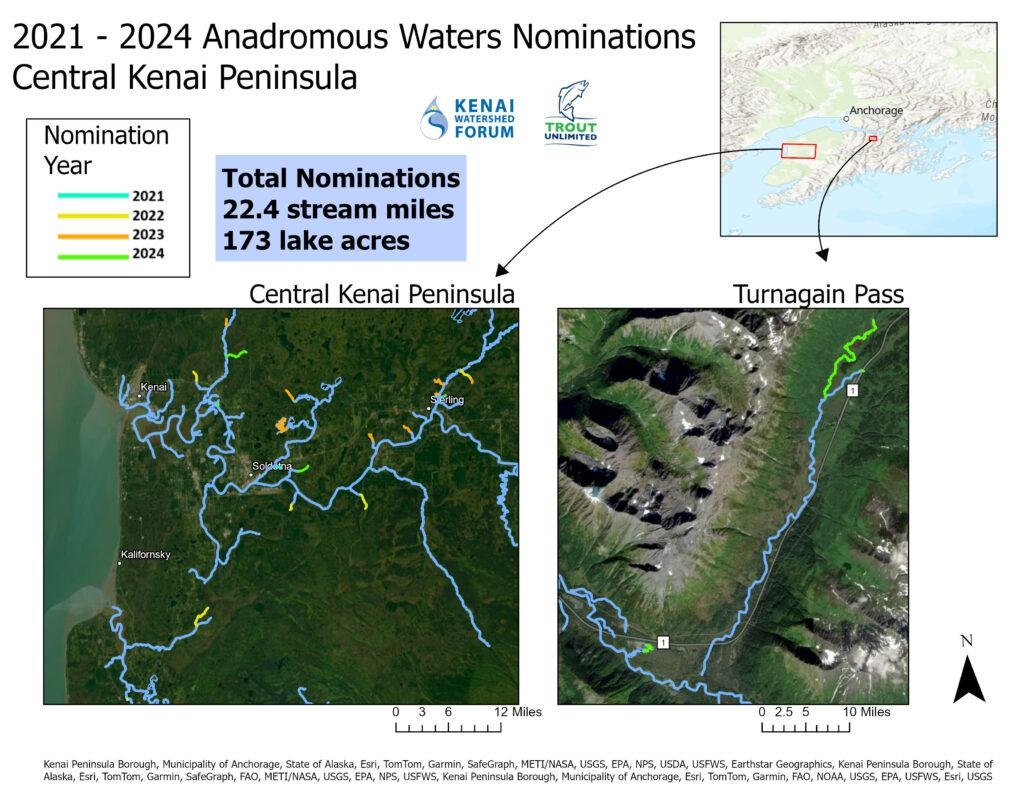
Summer 2024 Kenai River Water Quality Sampling Results Available
September 26, 2024Kenai Watershed Forum has received all laboratory results from it’s Summer 2024 Baseline Water Quality Monitoring. The results are currently being prepared for upload to the Environmental Protection Agency’s Water Quality Exchange, a pubic data repository for water quality data.
Once the data is prepared, it will be integrated into an in-progress comprehensive summary report, similar to our previous such report published in 2016.
The results are preliminary have not yet been subject to QA/QC checks or analyzed against water quality standards; we expect to complete this by Winter 2024.
We worked with two laboratories in Summer 2024:
1.) Soldotna Wastewater Treatment Plant – SWWTP provided analyses of Total Suspended Solids and Fecal Coliform:
Download Summer 2024 Total Suspended Solids results
Download Summer 2024 Fecal Coliform results
2.) SGS Laboratories, Anchorage – SGS provided analyses of all other substances monitored in Summer 2024, including nutrients like phosphorus and nitrogen, and metals like zinc, copper, lead, and others:
Download Summer 2024 Metals and Nutrients results
For questions about 2024 water quality results, contact Benjamin Meyer, Water Quality Coordinator. Thank you again to all the participants and volunteers who made this event happen!
Spring 2024 Kenai River Water Quality Sampling Results Available
July 17, 2024Kenai Watershed Forum has received all laboratory results from it’s Spring 2024 Baseline Water Quality Monitoring. The results are currently being prepared for upload to the Environmental Protection Agency’s Water Quality Exchange, a pubic data repository for water quality data.
Once the data is prepared, it will be integrated into an in-progress comprehensive summary report, similar to our previous such report published in 2016.
The results are preliminary have not yet been subject to QA/QC checks or analyzed against water quality standards; we expect to complete this by Winter 2024.
We worked with two laboratories in Spring 2024:
1.) Soldotna Wastewater Treatment Plant – SWWTP provided analyses of Total Suspended Solids and Fecal Coliform:
Download Spring 2024 Total Suspended Solids results
Download Spring 2024 Fecal Coliform results
2.) SGS Laboratories, Anchorage – SGS provided analyses of all other substances monitored in Spring 2024, including nutrients like phosphorus and nitrogen, and metals like zinc, copper, lead, and others:
Download Spring 2024 Metals and Nutrients results
For questions about 2023 water quality results, contact Benjamin Meyer, Water Quality Coordinator. Thank you again to all the participants and volunteers who made this event happen!
46 acres of the Kenai River Watershed protected
March 25, 2024Download the full press release here (March 25, 2024)
Since 2020, Homer-based nonprofit Kachemak Heritage Land Trust (KHLT) has helped protect a total of 209.033 acres for conservation within the Kenai River watershed. Kenai Watershed Forum is proud to be a frequent partner for KHLT’s work in the central peninsula region, and will continue to help maintain these protected lands into the future.
As part of the Alaska Department of Transportation & Public Facilities (DOT&PF) mitigation work for the Sterling Highway MP 45-60 Reconstruction Project, KHLT was selected to establish a mechanism to preserve, perpetually care for, and monitor local wetland conservation properties. KHLT’s role has been to find, assess, select, and secure specific lands to protect on the Kenai Peninsula.
The value of KHLT’s work hits close to home for those of us living in the central peninsula area:
“The lands protected by Kachemak Heritage Land Trust as part of this project are part of my neighborhood’s ‘backyard’ where I regularly see all manner of local wildlife, including moose, bears, eagles, and even the occasional caribou. It is truly heartening to know that we will be able to share this space in perpetuity as our community grows. These lands mean a lot to me professionally as a scientist who studies water quality and fish habitat, but they mean even more to me as a place that will persist as wild long beyond my time.”
– KWF Environmental Scientist Benjamin Meyer
Banking on the Kenai River
March 13, 2024All of us who love the Kenai River do our best to not “love it to death.” By being good stewards of our rivers and riverbanks, we can help ensure that fish and wildlife habitat remains healthy.
Some bank erosion happens naturally as rivers meander over time, but erosion from human activities often happens at a pace that harms fish habitat.
On the Kenai River, one of the world’s most popular destinations for sport fisherman hoping to hook a salmon, some areas of shoreline are riddled with unofficial trails that cause banks to erode. Over time this leads to lost and degraded habitat, especially for juvenile salmon. It is all of our responsibility to do our best to keep this shoreline habitat intact.
In heavily trafficked shoreline areas, the best solution may be to install elevated light penetrating walkway (ELP). For less-trafficked areas, spruce tree cabling (sometimes called “revetment”) or other options may be the best solution. If you are interested in restoring or stabilizing shoreline on your own property, funding and technical assistance is available to assist you from the Alaska Dept. of Fish and Game’s Cost Share Program; follow the link for more information.
Reference: Streambank Revegetation and Protection: A Guide for Alaska
In our own backyard …
Near Kenai Watershed Forum’s office in Soldotna, we have been working to address a shoreline erosion issue right out our back door. An eight-acre conservation easement property donated by one of Soldotna’s earliest homestead families, the Mullens, has been having issues with riparian vegetation trampling. To address this issue, Kenai Watershed Forum is using the dual-pronged approach of restoration and education. By installing shoreline spruce trees, replanting vegetation, installing new signs, and monitoring the area weekly in summer months, we aim to restore the natural qualities of this stretch of shorline.
We presented this project the Soldotna Chamber of Commerce in March 2024. Click the image below to download the presentation. And if you have an idea for another restoration project, please reach out to us.
See you out on the river!
Click the image below to download the presentation
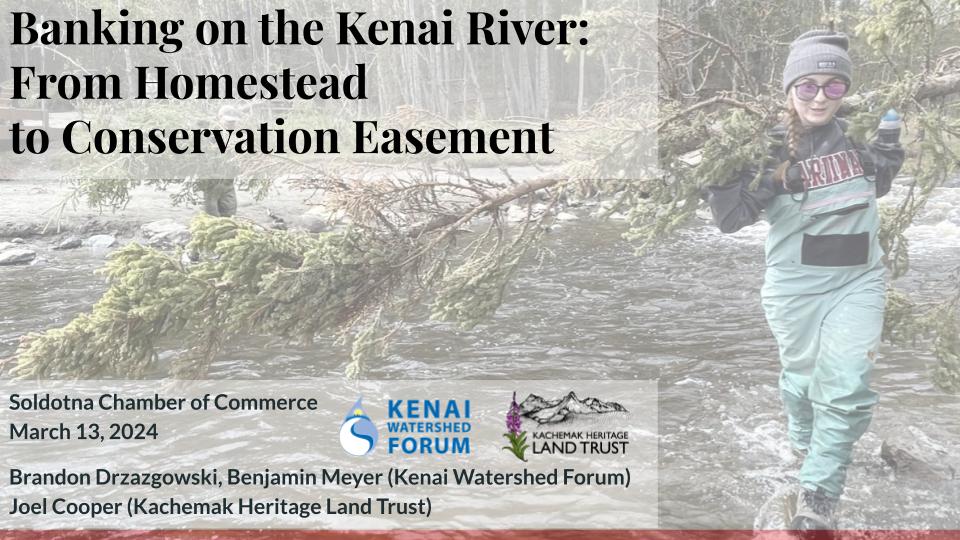
Wetlands on the Kenai Peninsula
March 12, 2024The Kenai Peninsula is lucky to have the Cook Inlet Wetlands map, a highly detailed map covering the lowland areas outside of federally managed lands (Chugach National Forest and Kenai National Wildlife Refuge). Wetlands are an important part our local “green infrastructure,” filtering water, providing wildlife habitat, and providing protection from floods.
The map and information can be accessed on our website, as well as on the Kenai Peninsula Borough’s viewKPB map website under the “Landscape” layers menu. Check out the maps to learn more about wetlands near your neighborhood or other favorite areas.
I want to build something … Do I need a permit?
Our office regularly receives inquiries from property owners about what they can and can not do related to wetlands. While we are excited to provide education and resources on this topic, for inquiries related to construction and development please contact the U.S. Army Corps of Engineers Alaska Field Office (USACE), which is the relevant regulatory agency for wetlands.
- U.S. Army Corps of Engineers Alaska Contacts
- Kenai Field Office Number: (907) 753-2689
- General Alaska Field Office Number: (907) 753-2712
- Send written inquiries at https://www.poa.usace.army.mil/Contact/
Where else can I learn more?
Two local resource guides, “On the River,” and “On the Coast,” are available for free online and highlight best practices for land management on waterfront property in the Kenai Borough. For free printed copies of these books, contact the Kenai River Center or stop by Kenai Watershed Forum’s office. The books both contain clear and concise information about how land owners can be responsible neighbors with fish and wildlife habitat, including wetlands. You can also read more about how Kenai Peninsula wetlands have changed since the 1950’s in this report (Gracz 2021).
We look forward to hearing from you!
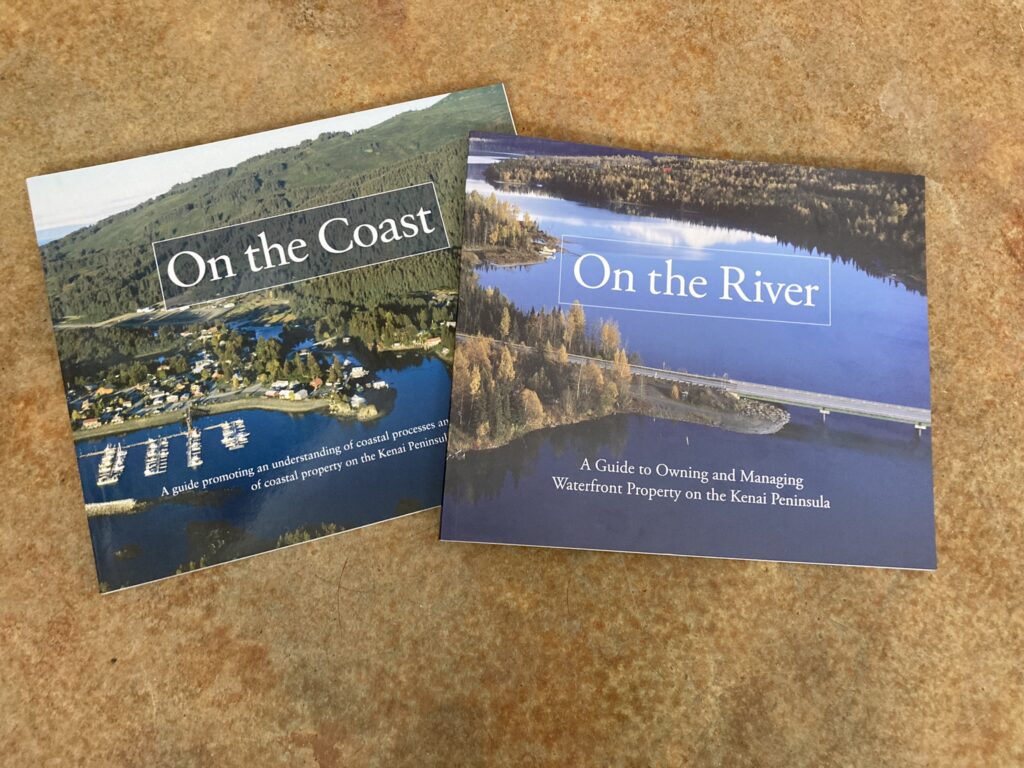
What’s that salmon species?
March 12, 2024Come pick up your free Identicard at our office (44129 Sterling Hwy) today!
Here at Kenai Watershed Forum it’s that time of the year again to prepare for teaching at the annual Kenai River Guide Academy (www.krga.org). The five-day academy is a required training for all new guides working on the Kenai River, and covers topics from boating regulations to caring for one’s catch and more.
For the last several years, KWF board member Dr. David Wartinbee and KWF Environmental Scientist Benjamin Meyer have co-taught a section on stream ecology and the salmon lifecycle. You can watch a series of recorded lectures form this training for free on our YouTube channel.
Before any Alaskan fisherman picks up a pole or net, they should be intimately familiar with how to ID all species of Pacific salmon. As a handy reference, we recommend downloading the printouts below to your phone. Or, stop by our office (44129 Sterling Hwy, by Soldotna Creek park) any time to pick up a free handy waterproof Ident-i-Card, which will help new fisherman quickly learn species ID.
See you out on the river!
Click to Download Salmon ID Page
Click to Download Salmon ID Flowchart
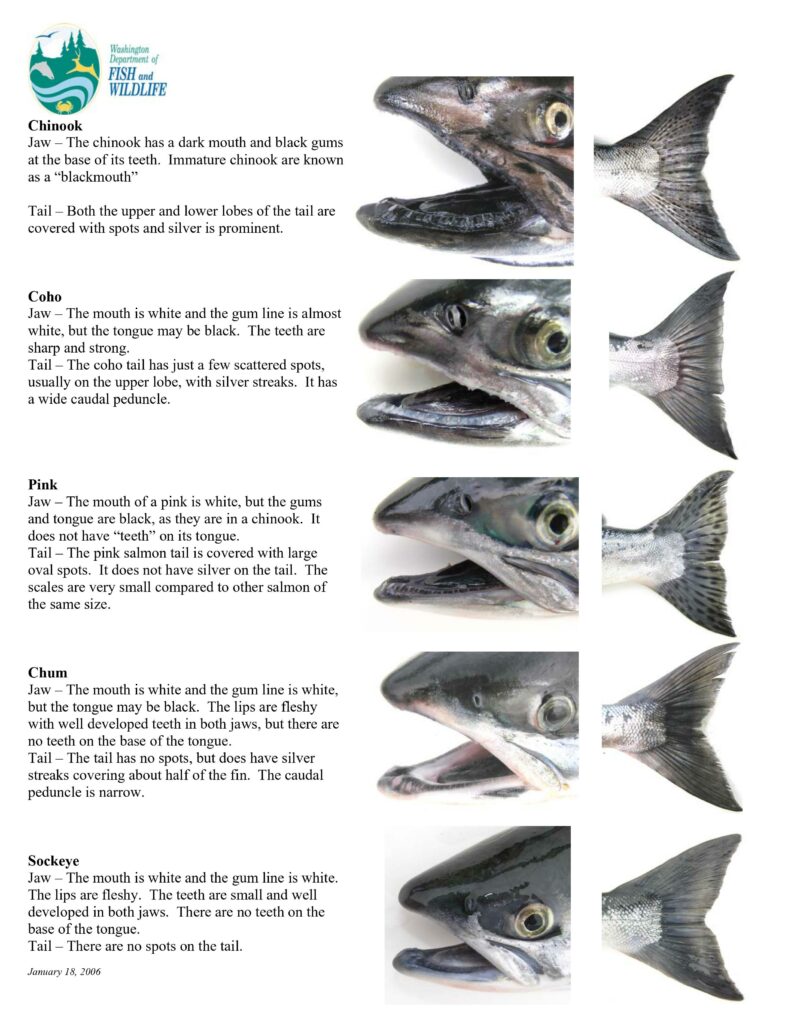
Image courtesy Washington Dept. of Fish and Wildlife
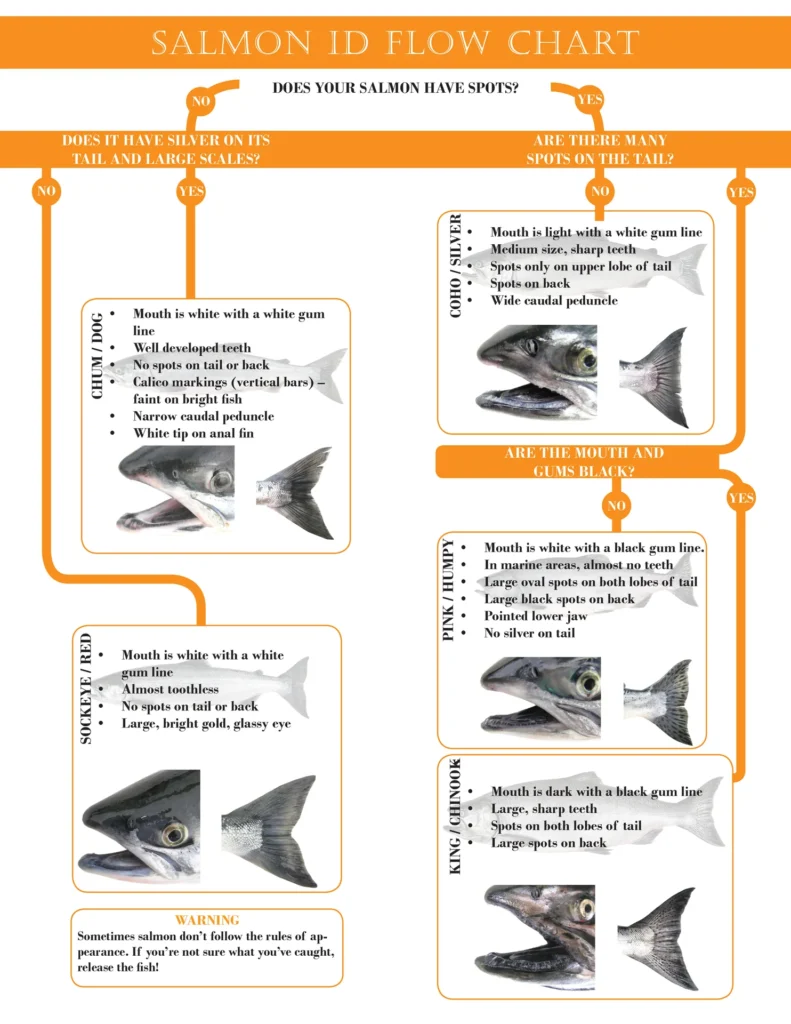
Flowchart courtesy washingtonflyfishing.com
In Case You Missed It: The Many States of Alaska’s Salmon and People
January 16, 2024How are Alaska’s salmon doing? There is no one single answer to this question, but rather many.
In April 2023, we were joined for an insightful lecture on the state of Alaska’s salmon and people from University of Alaska Fairbanks Fisheries Professor Dr. Peter Westley. In this video, Peter takes us on a compelling thirty minute tour of Alaska’s wild salmon and the people who rely on them today. Why are Bristol Bay Sockeye Salmon runs setting all-time records while King Salmon runs around the state struggle? What opportunities and threats are on the horizon? What can people control about wild salmon, and what can’t we control?
Check out the video below to learn more!
Summer 2023 Kenai River Water Quality Sampling Results Available
November 1, 2023Kenai Watershed Forum has received all laboratory results from it’s Summer 2023 Baseline Water Quality Monitoring. The results are currently being prepared for upload to the Environmental Protection Agency’s Water Quality Exchange, a pubic data repository for water quality data.
Once the data is prepared, it will be integrated into an in-progress comprehensive summary report, similar to our previous such report published in 2016.
The results are preliminary have not yet been subject to QA/QC checks or analyzed against water quality standards; we expect to complete this by Winter 2024.
We worked with two laboratories in Summer 2023:
1.) Soldotna Wastewater Treatment Plant – SWWTP provided analyses of Total Suspended Solids and Fecal Coliform:
Download Summer 2023 Total Suspended Solids results
Download Summer 2023 Fecal Coliform results
2.) SGS Laboratories, Anchorage – SGS provided analyses of all other substances monitored in Summer 2023, including nutrients like phosphorus and nitrogen, and metals like zinc, copper, lead, and others:
Download Summer 2023 Metals and Nutrients results
For questions about 2023 water quality results, contact Benjamin Meyer, Water Quality Coordinator. Thank you again to all the participants and volunteers who made this event happen!
Victoria Eisenberg (Summer 2023)
September 1, 2023Being part of an organization that enacts meaningful environmental change is something that I couldn’t be more proud of. At KWF, I’ve had the opportunity to work in various fields of environmental conservation. From teaching kids about salmon life cycles at summer camp to sampling the water that those salmon run through, I’ve been able to see each and every step that this organization takes to preserve the Kenai Watershed.
With the admirable goal of keeping the watershed healthy, it’s not hard to believe that the people at KWF are just as wonderful as the work we strive to achieve. From the very start of the hiring process, everyone here has been warm, welcoming, and understanding. Even on the (rare) days that we’re stuck inside, there’s always light and livelihood to be found in this office.
Since the beginning of my internship at KWF, I’d been told that the Kenai River Festival, a river conservation awareness festival that KWF hosts annually, would be an untamable beast of an event that would unapologetically hurl me into my time here. While I appreciated the dramatics, I didn’t necessarily believe that it would be all that crazy–obviously, I was wrong. It was a very chaotic weekend, indeed, and I ran around like a headless chicken for the majority of the time. I rarely stopped to take it all in but, when I did, I realized the incredible impact we were making. There were tents teaching about fishing safety, kids painting salmon, and adults learning about local invasive species. Not only did we bring our community together, but we also came together as a team; it was gratifying to say the least. By the end of the festival, every one of us was absolutely exhausted, but it was clear that each person felt proud and accomplished to have been a part of it all–it was certainly a job well done. As lawless as that weekend was, I can say with certainty that it was one of my favorites of the summer.
These past few months at KWF have been some of the best of my life. I’ve had the incredible opportunity to work towards something I’m passionate about with people who make it a pleasure to do so (plus having some pretty awesome weekends in the mountains). Coming to Alaska and working with the Kenai Watershed Forum has truly been a dream come true, and I’m beyond grateful to everyone here for making my experience one for the books.
